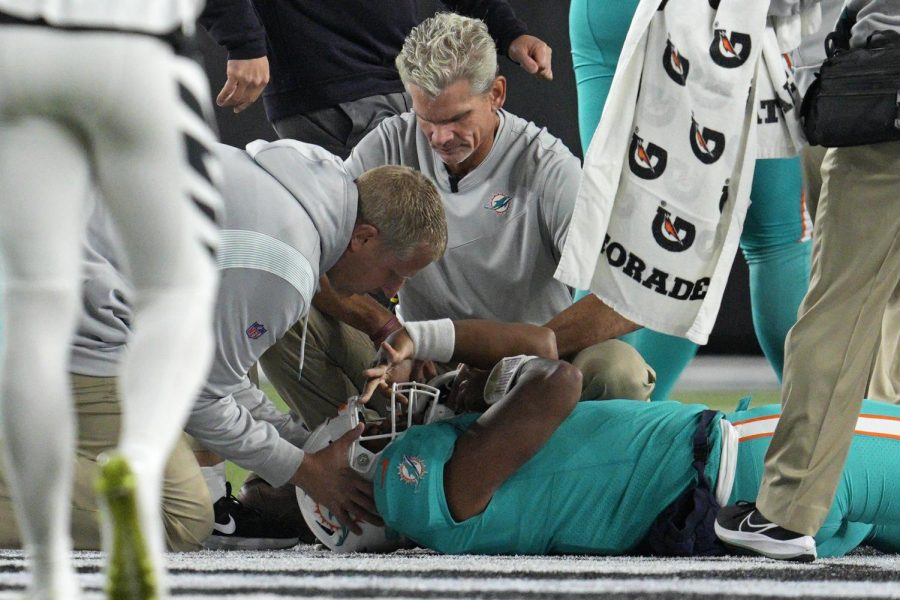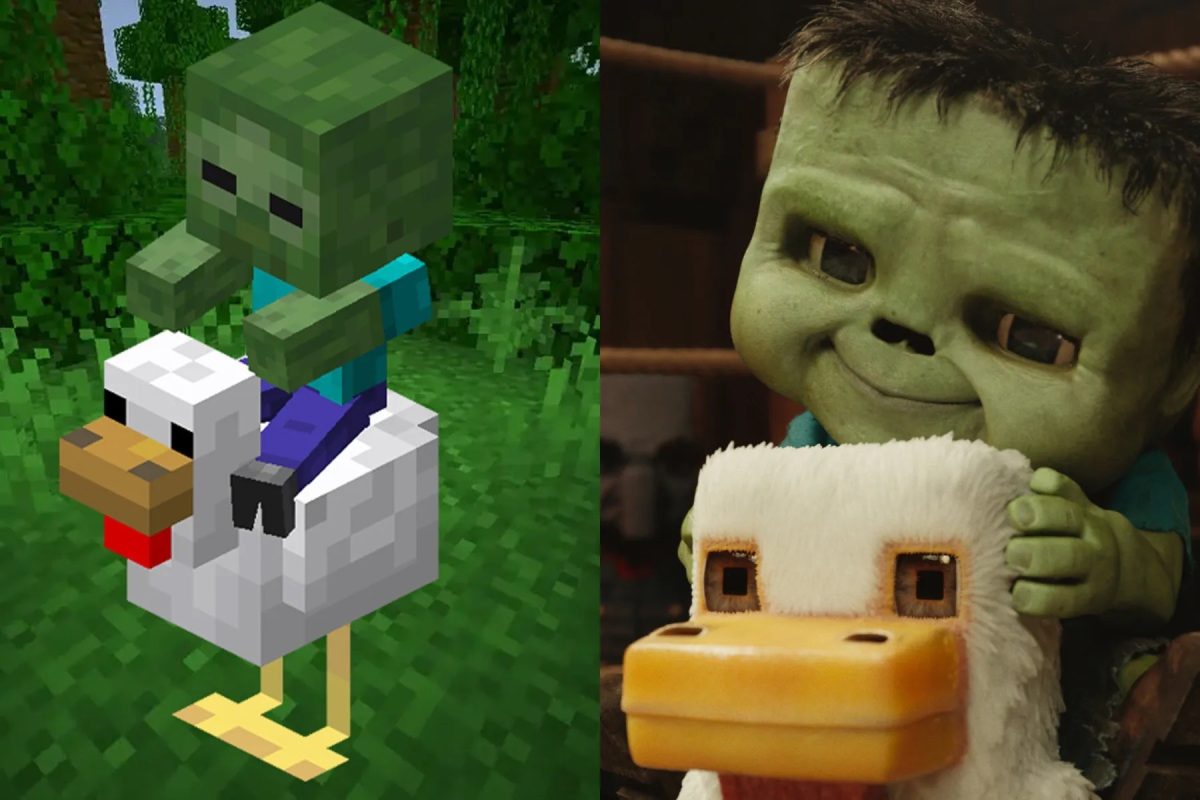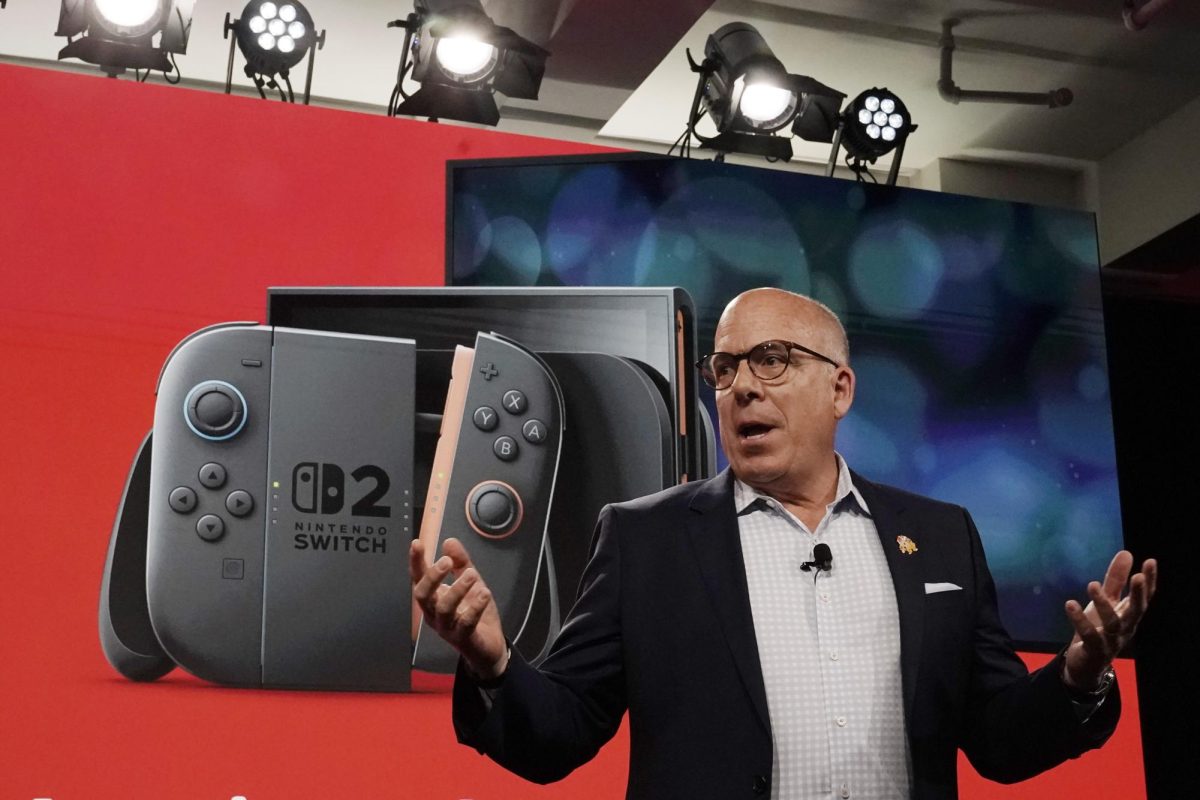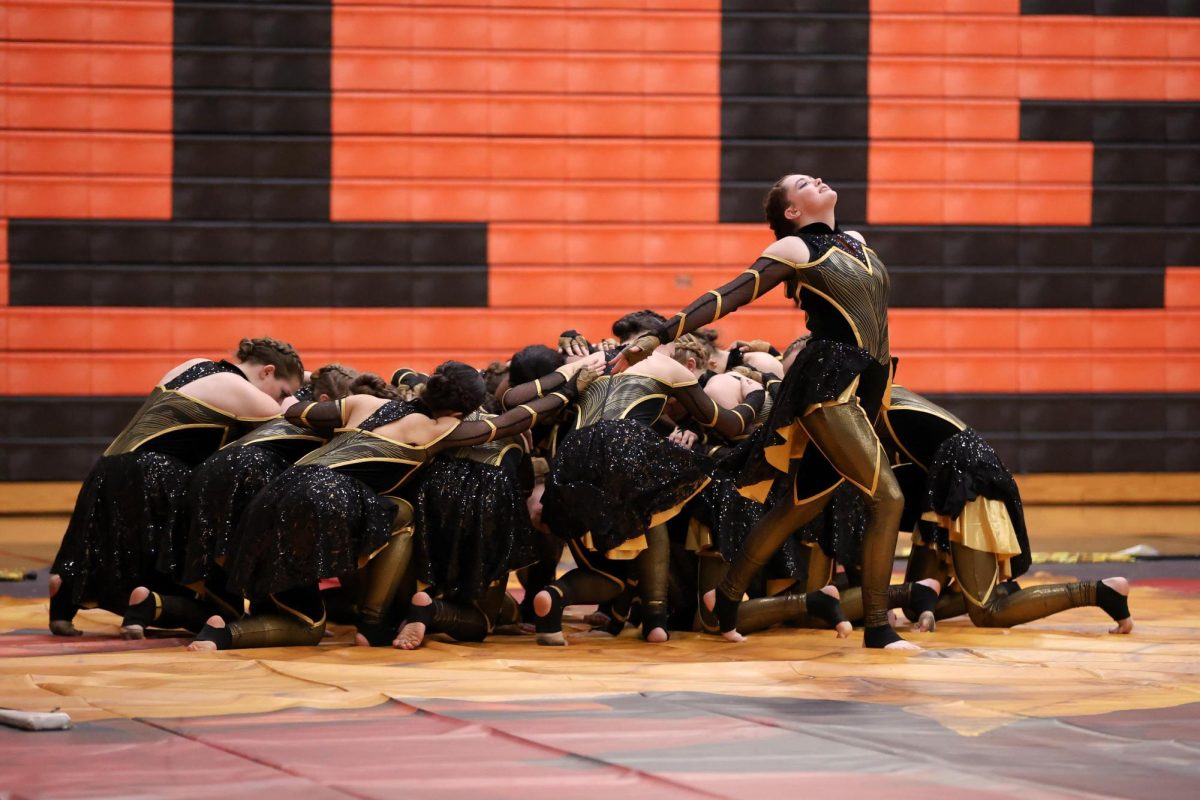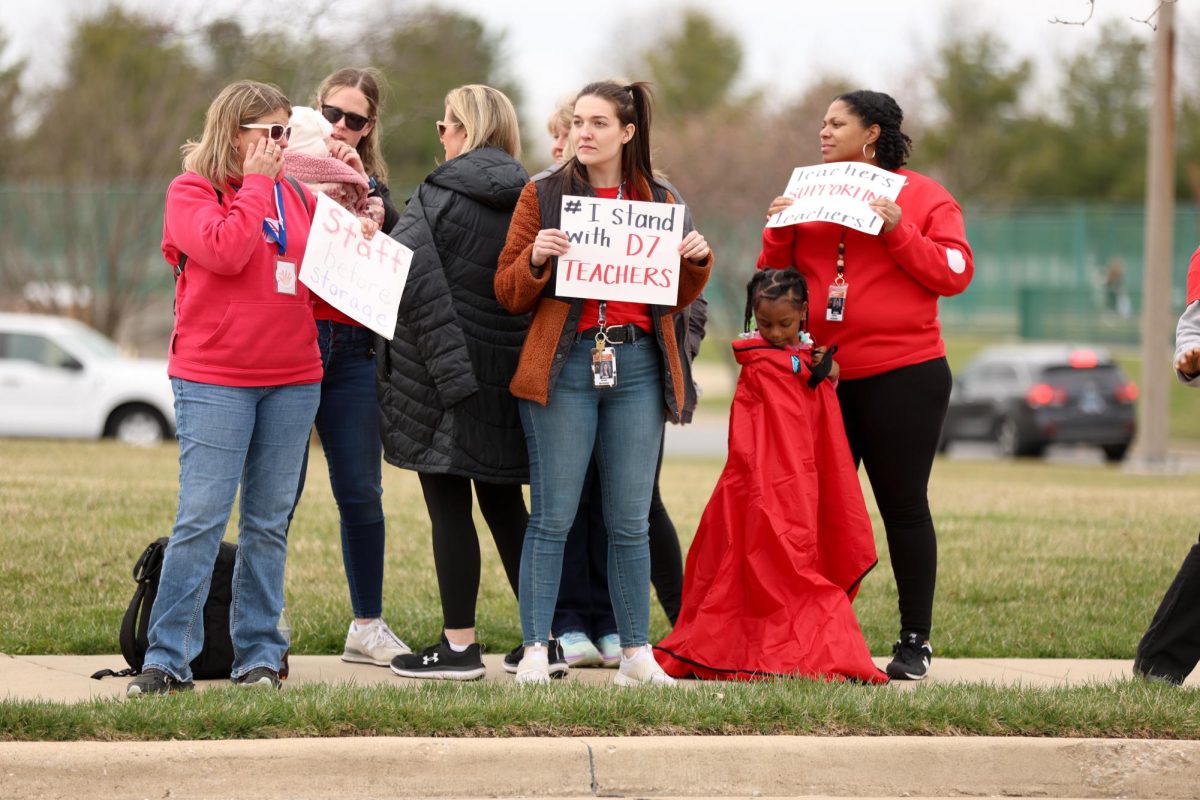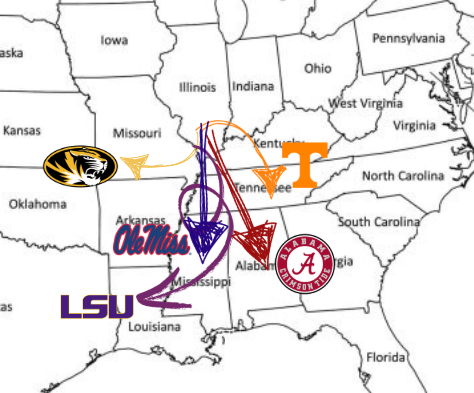NFL Fails To Solve Concussion Problem
Miami Dolphins quarterback Tua Tagovailoa suffers a concussion on Sept. 29. Just a few weeks later, Tagovailoa was cleared to start on Oct. 14 against the Cincinnati Bengals, but suffered a concussion at that game, as well.
October 21, 2022
Professional football is under fire due to its neglect for player health.
In the past two decades the NFL has seen a substantial increase in chronic traumatic encephalopathy cases. CTE can cause memory loss, erratic behavior, depression and confusion. The disease is only diagnosable posthumously and has been found in 87% of late NFL players. CTE has single handedly transformed the stigma surrounding the league, as ithas changed from America’s favorite sport to a showcase on head trauma.
Caused by repeated blows to the head and neck area, CTE has been found in over 320 former NFL players, 24 of which died between the ages of 20 and 30. The NFL has issued a concussion protocol, a sideline evaluation for players who took hits to the head during a game. The process has been called faulty and rushed by players.
On Sept. 29 the NFL’s biggest blemish reached national television during a Thursday night matchup between the Miami Dolphins and the Cincinnati Bengals. Just four days after being temporarily pulled from his game after a concussion on the prior Sunday afternoon, Dolphins quarterback Tua Tagovailoa was suspiciously cleared to start against the Bengals. The decision proved to be ill advised as Tagovailoa suffered another concussion, this time leaving him momentarily paralyzed on the field until he was able to be carted off.
The injury sparked a nationwide debate on the safety and integrity of the league. The world saw Tagovailoa hobble off the field just to return to action less than a week later. Former NFL quarterback Robert Griffin III took offense to the NFL’s handling of the situation.
“The bottom line regarding Tua is life is bigger than football,” Griffin said, “Putting Tua out there isn’t just a player safety issue. It’s a quality-of-life issue.”
An investigation ensued on the Dolphins handling of the situation. A neurotrauma consultant who cleared Tagovailoa to return to play has been fired by the NFL’s players association. The doctor reportedly made several mistakes in his evaluation. Dolphins head coach Mike McDaniel issued an apology on the consultant’s behalf after the scary injury against the Bengals.
“I do not have any patience for putting a player in a position to be in harm’s way,” coach McDaniel said, “That is not what I’m about. No outcome of a game will ever influence me being irresponsible.”
While recent events have put the NFL back in the public eye, the problem is anything but new. The NFL created the Mild Traumatic Brain Injury committee in 1994. Nine years later the chair of the MTBI would send a concussed player back into a game. The MTBI went on to create contrasting narratives and claimed the issue was overblown. In 2007, new MTBI chairman Dr. Casson denied all connections between NFL concussions and CTE symptoms.
The NFL amassed 187 concussions during the 2021 season, which is a drop from prior years like 2015 when players saw 275 concussions total. After developing rules to avoid helmet to helmet contact and inventing new helmets to combat blows to the head, the league has recently seen slight improvements. The 2022 season has taken a step back to the league’s earlier days.
Hall of Fame quarterback Troy Aikman was the victim of a similar situation to Tagovailoa 30 years ago.
“I didn’t know what planet I was on. I still have no recollection of ever having played in the game,” Aikman said post game after taking a knee to the head, “So whenever I see footage of the game, it’s like somebody else is out there doing it.”


